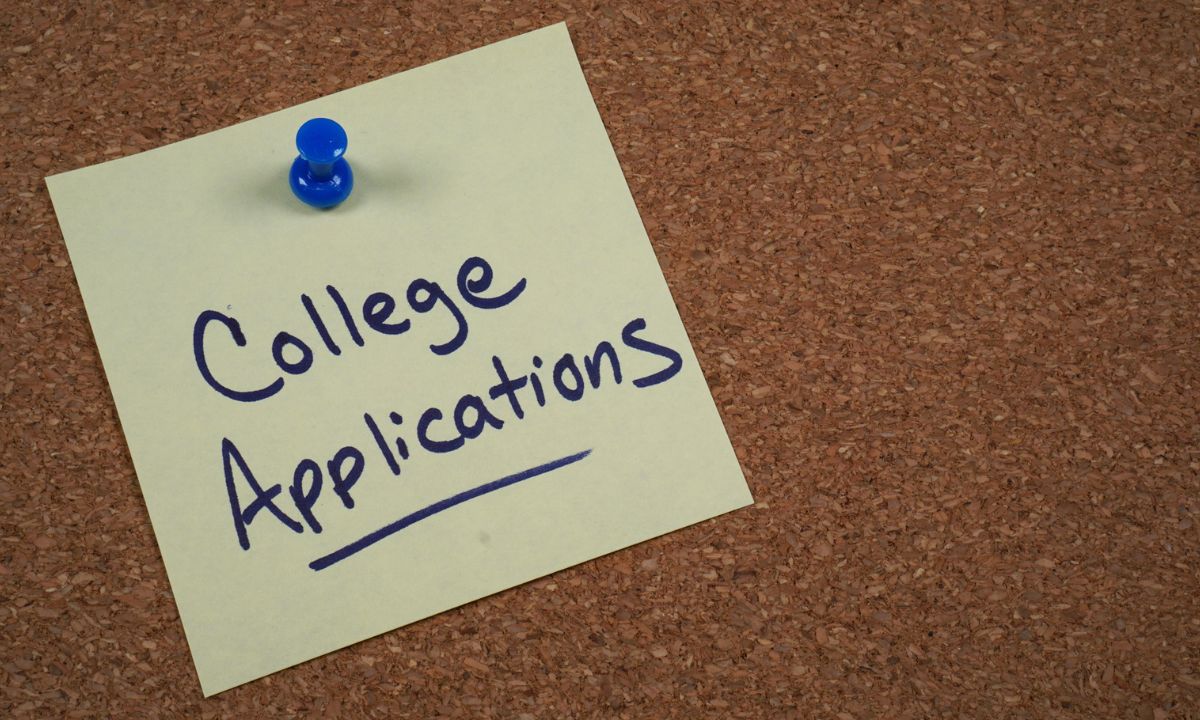Iowa Community Colleges See Increased Enrollment Amid National Challenges
Iowa saw increased enrollment in community colleges this fall as the two-year institutions face national challenges.

Get stories like this delivered straight to your inbox. Sign up for The 74 Newsletter
Iowa’s community colleges are seeing returns on recruiting efforts and partnerships with schools and businesses in the form of rising enrollment in 2023.
Enrollment in community colleges grew by 3.8% from last year, according to the Iowa Department of Education 2023 Fall Enrollment Report, with a total of 85,362 students spread across the state. Part-time student numbers reached an all-time high, making up two-thirds of total enrollment.
While enrollment isn’t back to where it was before the COVID-19 pandemic began, with more than 88,000 students attending community colleges in 2019, the report stated this is the second year of increased enrollment in the state.
“I think that despite challenges facing higher (education) nationally, we’re faring well,” Community Colleges for Iowa Executive Director Emily Shields said.
Out of the state’s 15 community colleges, nine saw increased enrollment. Des Moines Area Community College saw the highest number of enrolled students at 24,418 and the largest over-year increase of almost 13%. Indian Hills Community College saw the largest decrease in enrollment, dropping by 3.7% to 3,236 students.
Iowa falls behind the national average with its enrollment trends, according to the report. National enrollment in two-year institutions increased by 4.4%, helped by a 9% increase in part-time students. In Iowa, part-time student enrollment increased by 0.8%.
Full-time enrollment also dropped in both Iowa and across the country, with the state reporting a 0.8% decrease and the U.S. seeing a 0.2% drop.
Joint enrollment, in which students are simultaneously taking high school and college credit classes, increased in Iowa by 7.9%, while the national average increased by 8.8%. Shields said she doesn’t like to compare the state and national numbers with joint enrollment, as she believes Iowa has been ahead of other states with tapping that market and has already seen major growth.
The biggest issue four-year universities and community colleges alike are up against is predicted drops in enrollment, Shields said, and it is a two-pronged problem. The first factor is that there will be fewer students graduating high school in the coming years, making the pool of applicants to colleges smaller. The other challenge is that fewer high school graduates are choosing to seek any post-secondary education, despite the majority of careers requiring a certification or degree of some kind.
“We’re facing a lot of pressures that are kind of driving down enrollment nationally, that we’re trying to address locally in different ways, but they are making it more challenging to kind of keep enrollment where it needs to be and keep college affordable and continue to attract students,” Shields said.
Efforts on the national level to expand financial aid for certain programs could help bolster enrollment in certification and other non-degree training programs, Shields said. The Bipartisan Workforce Pell Act, which has passed out of the U.S. House Education and Workforce Committee, would extend Pell Grant eligibility to some short-term workforce programs like those implemented by Iowa’s community colleges.
With the looming enrollment cliff and fewer students interested in pursuing an education after high school, Community Colleges for Iowa and the institutions it works with are trying to spread recruitment programs to a variety of areas.
Shields said community colleges don’t have the luxury of trying to target specific types of students, whether they be just out of high school or working adults, and thus are using career and college transition counselors embedded in high schools and partnerships with businesses to try and reach traditional and nontraditional students.
Judging by the 7.9% increase in joint enrollment and 3.1% jump in Iowa Career and Technical Education enrollment, Shields said these strides seem to be paying off.
“I think that really reflects where we’ve made a lot of efforts to align with the state’s workforce to partner even more with high schools and just to offer lots of different options for Iowans to start and continue their education,” Shields said.
Iowa Capital Dispatch is part of States Newsroom, a network of news bureaus supported by grants and a coalition of donors as a 501c(3) public charity. Iowa Capital Dispatch maintains editorial independence. Contact Editor Kathie Obradovich for questions: [email protected]. Follow Iowa Capital Dispatch on Facebook and Twitter.
Get stories like these delivered straight to your inbox. Sign up for The 74 Newsletter

;)